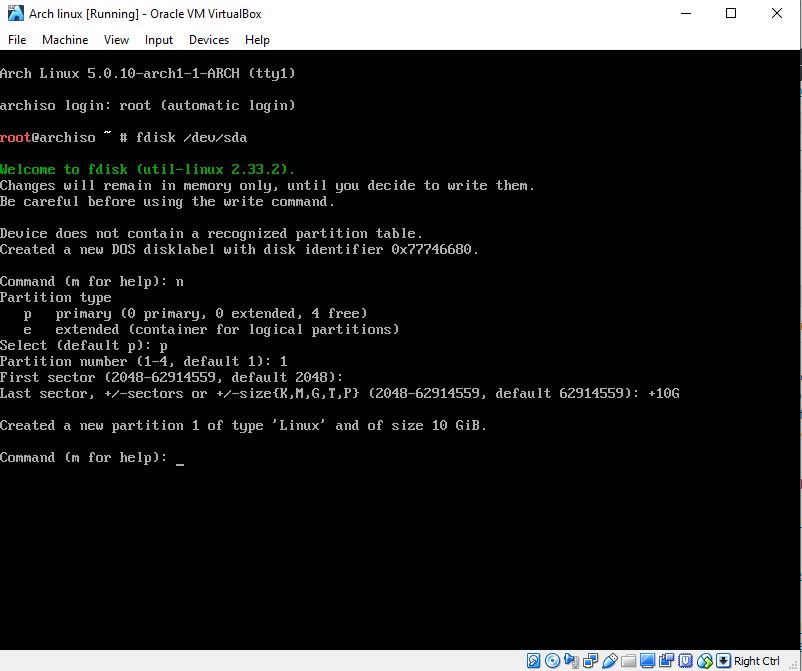

For VirtualBox, the vesa driver works fine: $ sudo pacman -S xf86-video-vesa The first thing we need is xorg-server, which provides us with our X11 base: $ sudo pacman -S xorg-server OK, now we’re ready to set up our graphical environment. Switch to your newly created user account by first rebooting and then logging in as your user instead of root: # reboot Install X11 Now your user has sudo capabilities, and so we no longer need to be logged in as the root user. You must also install the sudo package with: # pacman -S sudo If you happen to mess this file up, simply press ‘Esc’ followed by ‘:q!’, which exits without saving changes. Then press ‘Esc’ followed by ‘:x’ to save and exit the file. Look for the following lines: # Uncomment to allow members of group wheel to execute any commandĪnd uncomment the second line above by placing the cursor over the ‘#’ and pressing ‘x’ to delete the character. Next we’ll use the visudo command to allow users in the wheel group to execute any command. Create Your User Account # useradd -m -G wheel,sudo -s /bin/bash username Next we’ll create a normal user account since it’s not a good idea to be root all the time. You can then verify the connection with: # ping So let’s set that up now: # systemctl start dhcpcd

This is my fault as I forgot to take care of that in Part 1. Now we will get to the installation of the X11 window system and finally i3! A Couple of Things Before We Install i3wmĪs you may have noticed, there is no internet connection configured in our new Arch install. In Part 1 we installed the base OS and set up fundamental configurations like timezone, locale, and network settings. Welcome to Part 2 of this tutorial on installing the i3 Window Manager (i3wm) on Arch Linux.


 0 kommentar(er)
0 kommentar(er)
